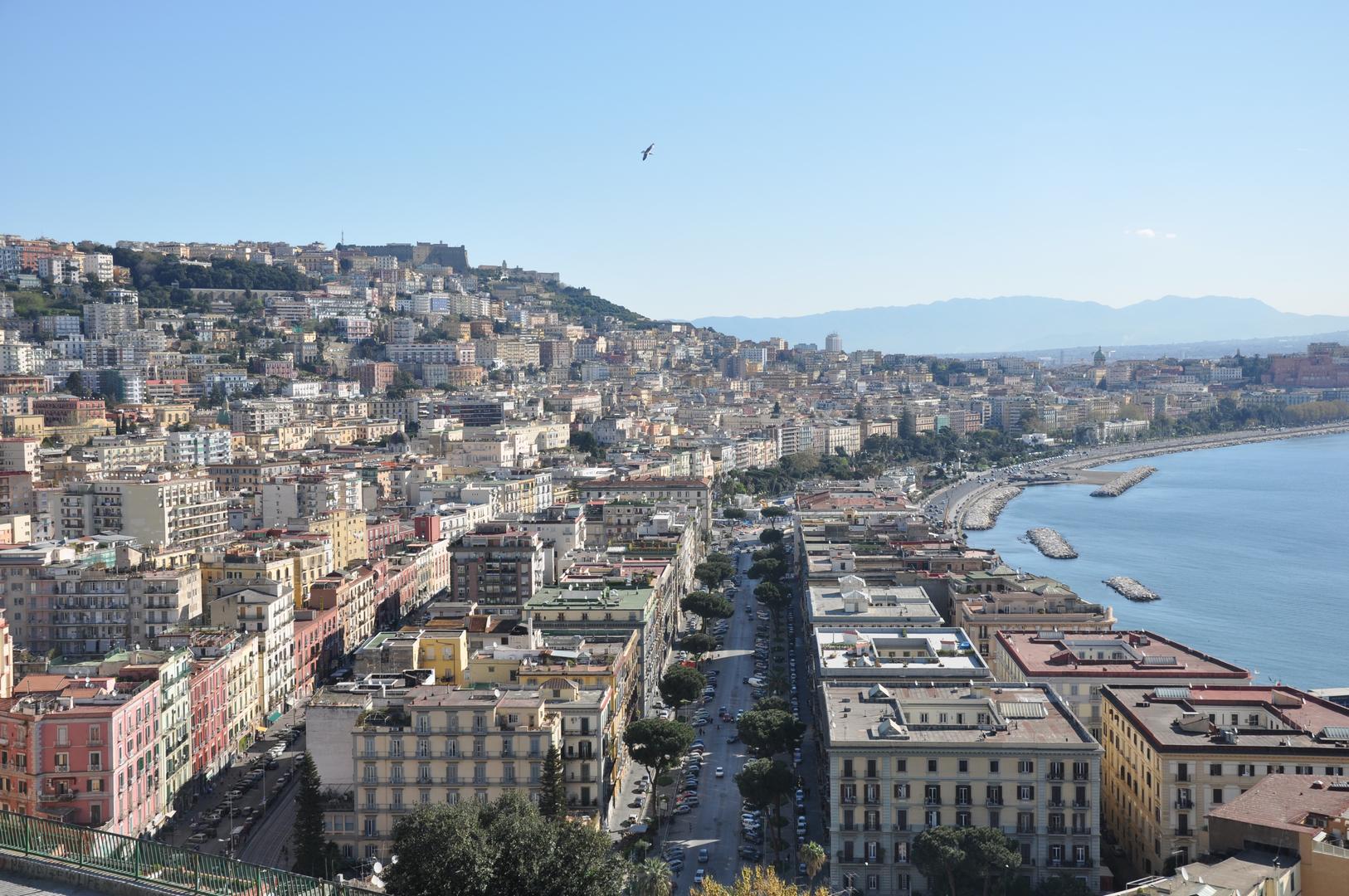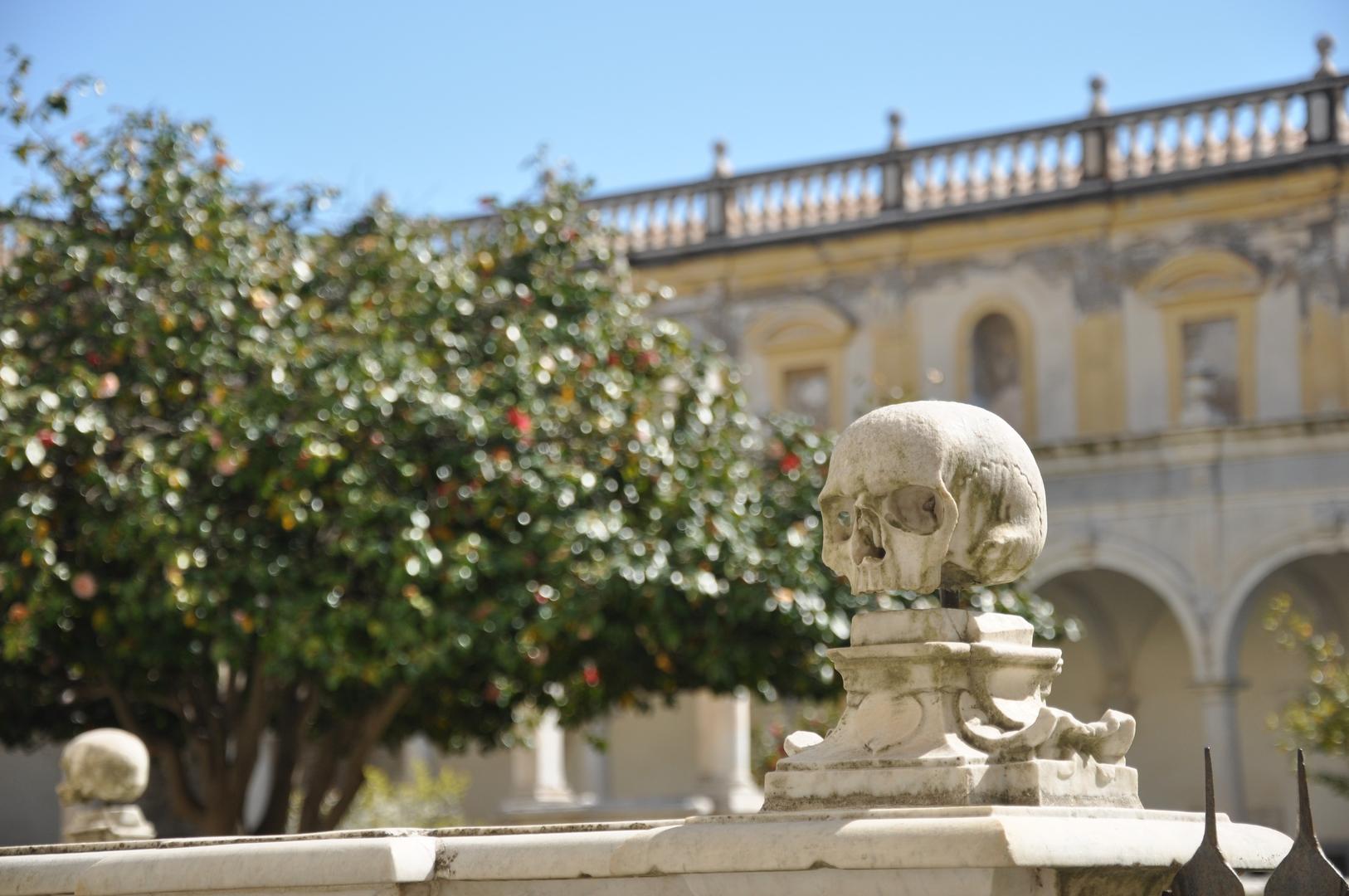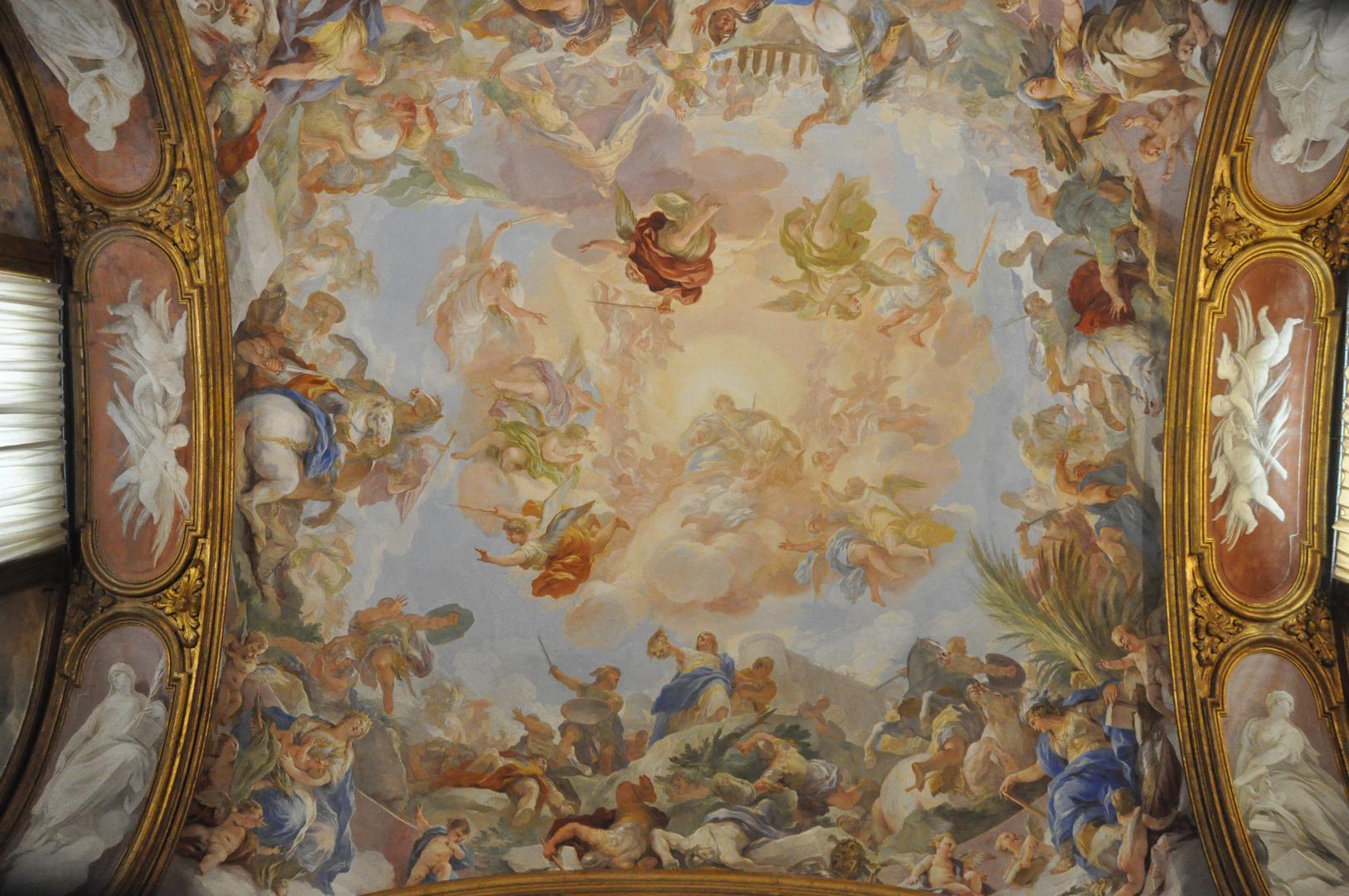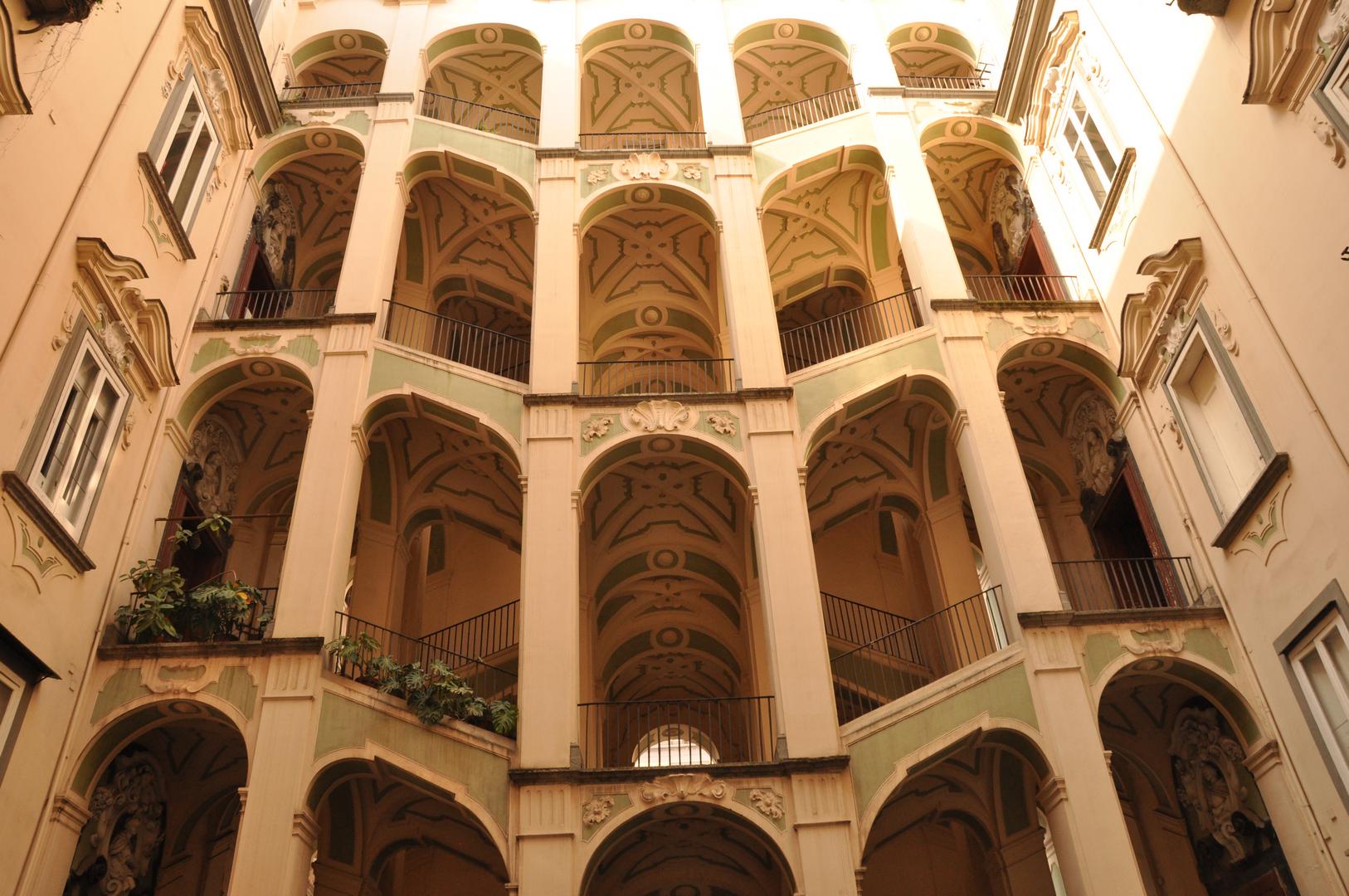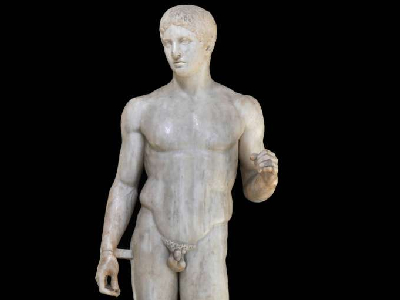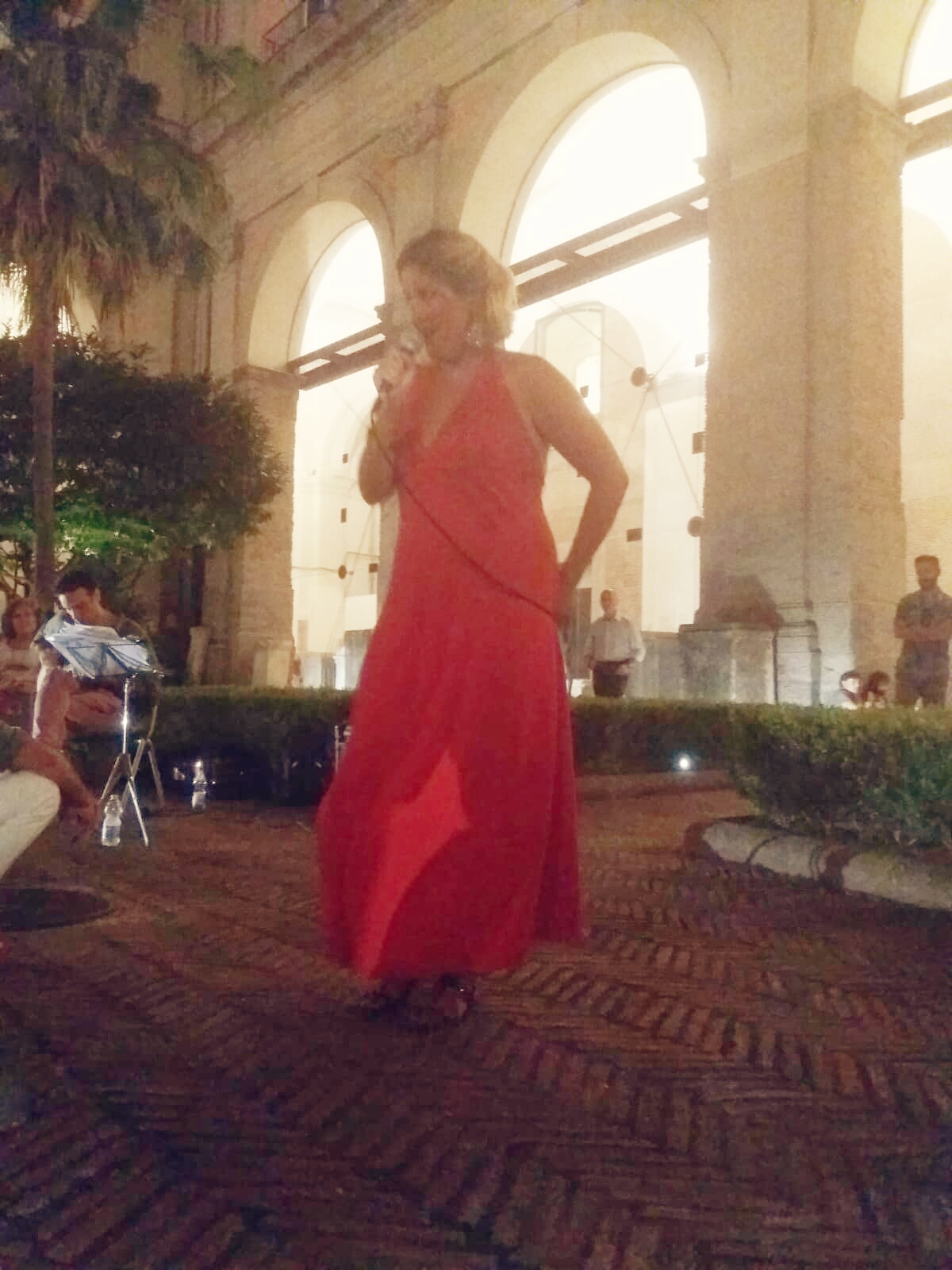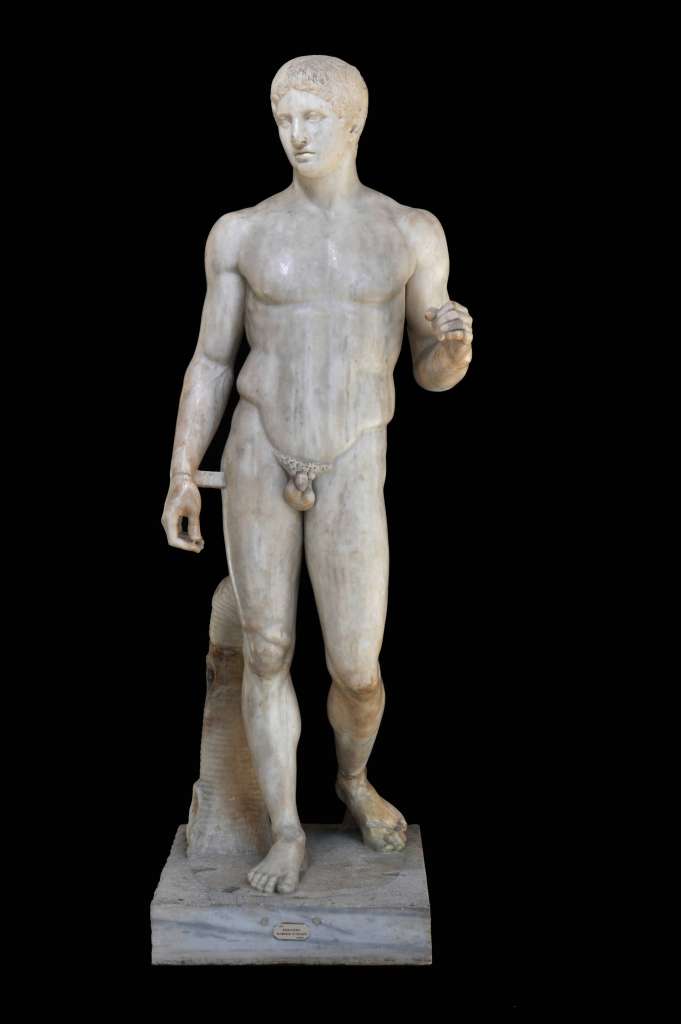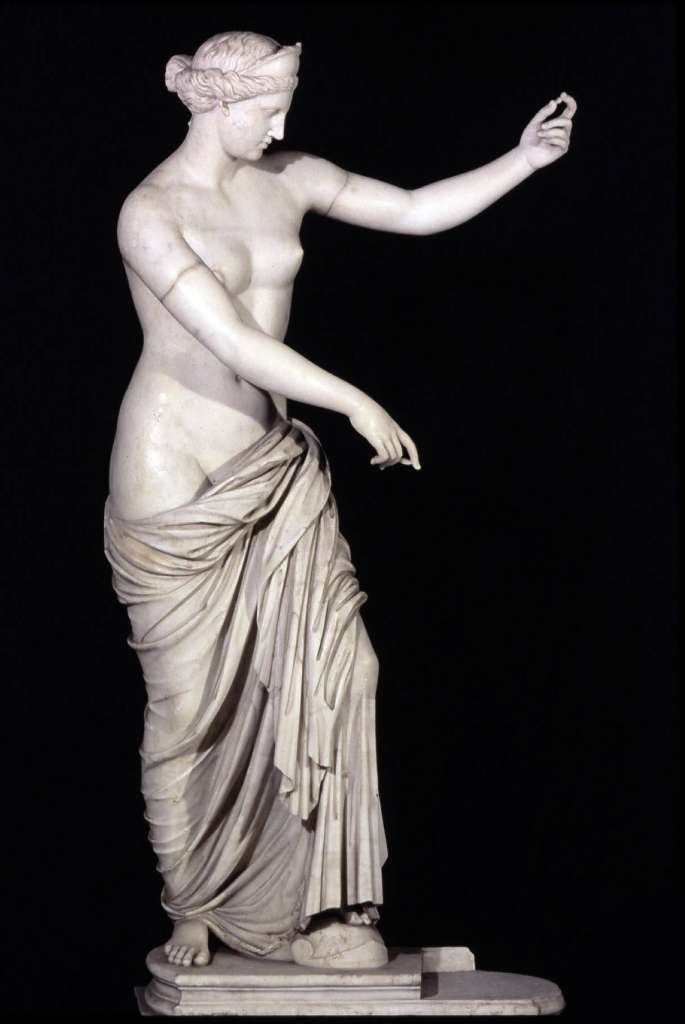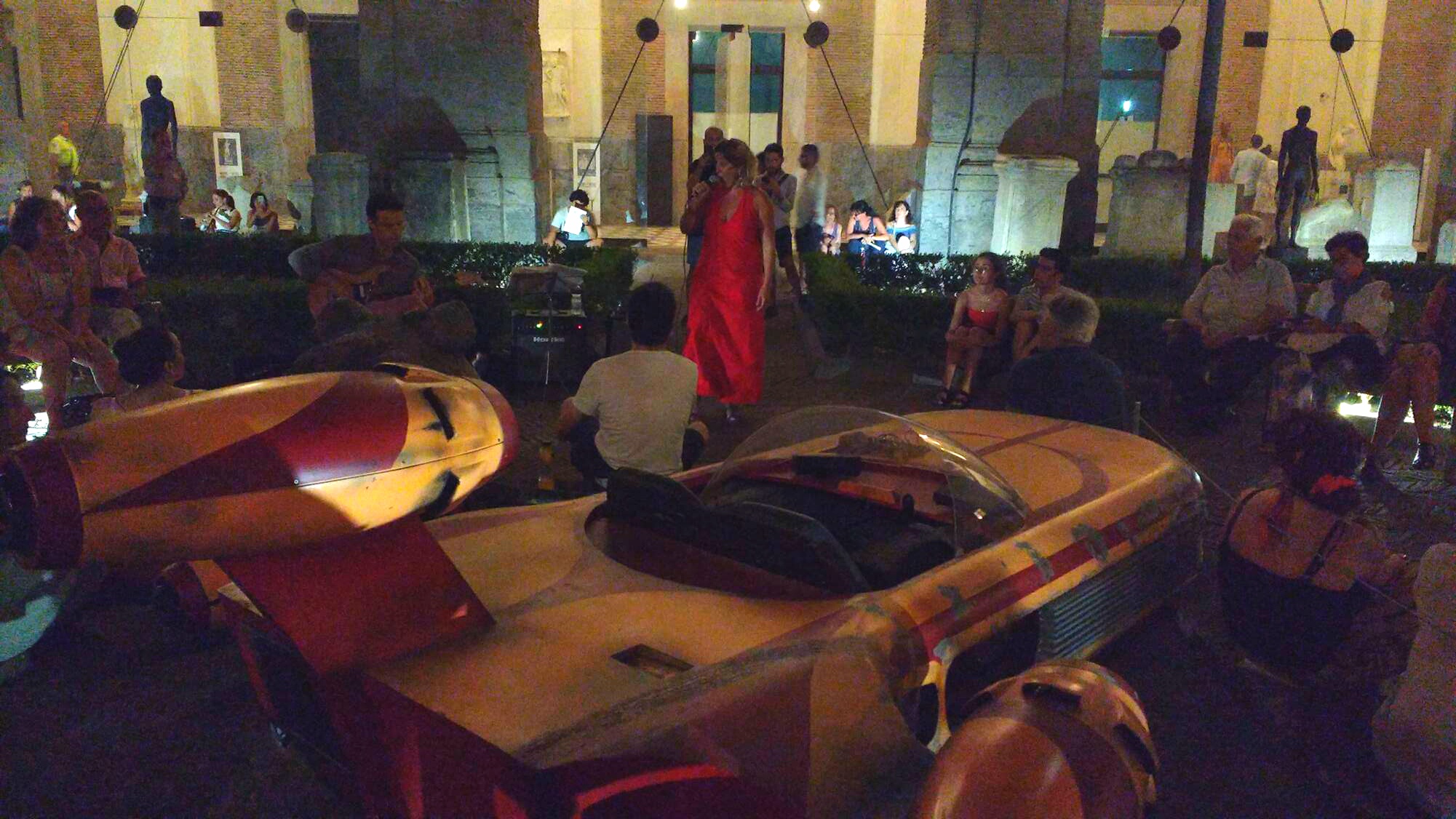Alice: Hey, Fiorella! What did you do yesterday?
Fiorella: Well, Alice, I was in Pompeii and Herculaneum. I think Vesuvius might have been cooler than at the Villa Dei Misteri in 98 degree heat. And you?
Alice: I also spent some time among antiquity…singing at the Archaeological Museum of Naples for their fabulous weekly summer concert series. https://www.museoarcheologiconapoli.it/it/2018/07/una-sera-al-museo-giovedi-destate-al-mann/
It was a once in a lifetime opportunity to be able to perform with Sergio Esposito in the courtyard surrounded by masterpieces of ancient art.
Fiorella: I can understand …how fabulous it must have been to have had important spectators in the crowd like the Zeus from Cuma, the Doriforo from Pompei, Afrodite from Capua and Nonio Balbo from Herculaneum….
Alice: And let’s not forget singing the blues into the eyes of the giant frog next to the the Star Wars spaceship. Ah…fabulous Naples!
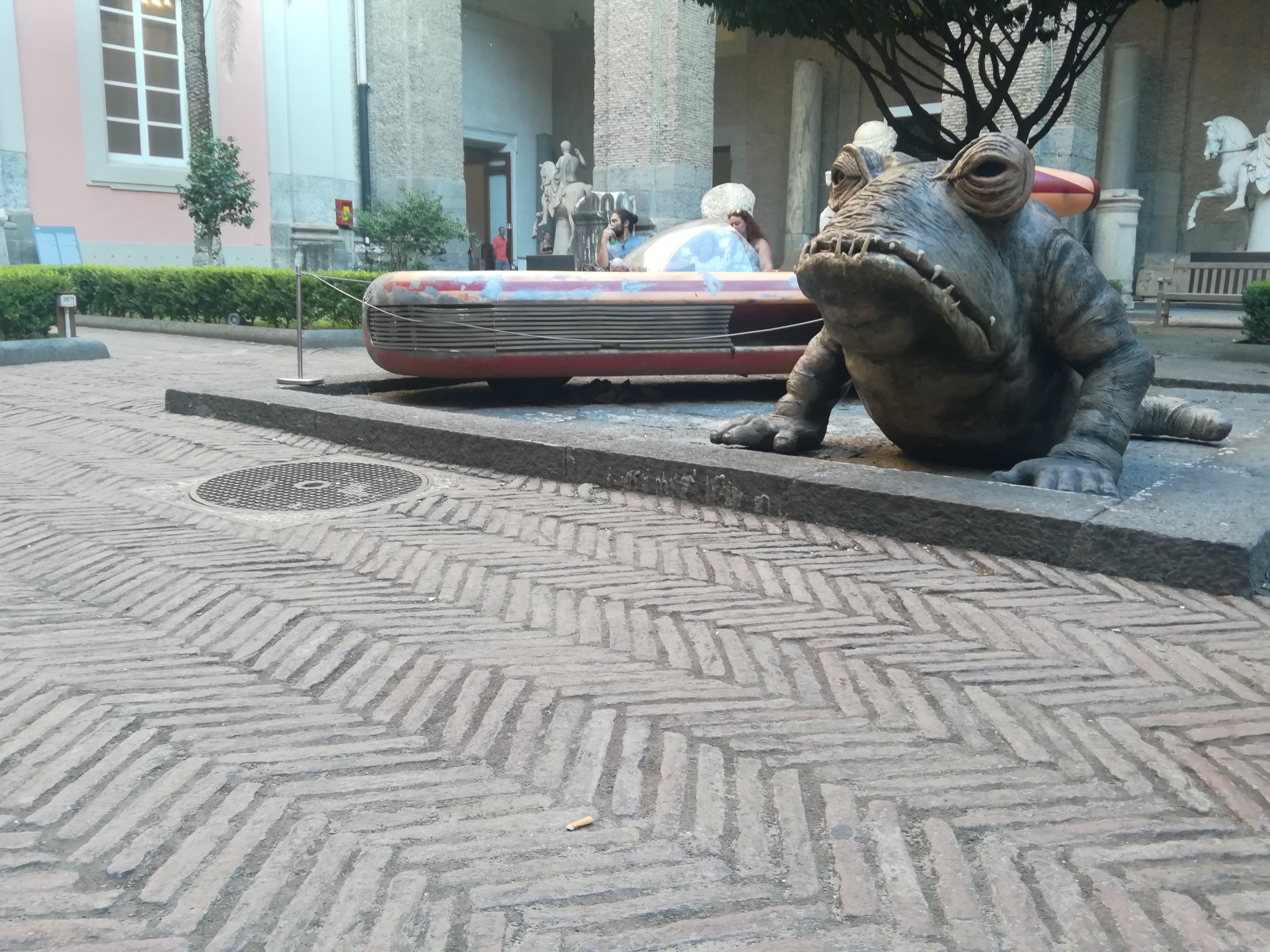
Alice: Please! They were such a great audience!
ZEUS
The bust was found in the Forum of Cuma and dates from the 2nd c. AD. It depicts a colossal Zeus with long hair and a curly beard.
It was discovered in the Capitolium of Cuma together with the statues of Juno and Minerva.
Being an acrolith, it has no arms as the originals would have been in wood or another perishable material.
NONIO BALBO
The imposing equestrian statue of Marcus Nonius Balbus was donated by the inhabitants of Herculaneum to honour this illustrious man, who was also a benefactor and patron of the Vesuvian town. M. Nonius Balbus was praetor and proconsul of the provinces of Crete and Cyrene, tribune of the plebes in 32 BC and partisan of Ottaviano (Augustus). The head is an early-19th century work.
DORYPHOROS
During my tours at the museum, I introduce the Doryphoros to my nicest clients as my boyfriend…
This Doryphoros, possibly dating from the 1st century BC, is considered to be the best copy of the Greek bronze original by Polykleitos. It was found in Pompeii in the so-called Palestra Sannitica (Samnite Gymnasium). It most likely reminded young aristocrats of the importance of Greek culture and it represents a naked spear-bearer although the spear held by his left hand has been lost. His harmonious body follows the Greek letter X, chi, and the chiastic scheme (literary tecnique) that Polykleitos represents is noted in the body whose parts are in reciprocal opposition. Observe this symmetric body and you’ll see the X: the right arm is tensed and corresponds to the left leg which is bent, while the left bent arm corresponds to the tensed right leg.
Alice: Fabulous! I knew there was something special about him. He caught my eye as I was singing. Definitely the most handsome guy in the audience.
Fiorella: But did you notice Aphrodite?
APHRODITE
The sculpture of this graceful woman was found in Capua where it used to decorate the summa cavea (top seats) of the amphitheater which is the second largest amphitheater after the Colosseum, dating back to the beginning of the 2nd century AD. The fabulous Venus is half-naked, and her left foot stands on Ares’ helmet.
The arms are perhaps raised to hold Ares’ shield to use it as a mirror. This beautiful lady was restored by Augusto Brunelli in 1820.
Singing The Beatles to a beautiful crowd interspersed with antiquities was nothing less than…fabulous!
